Research
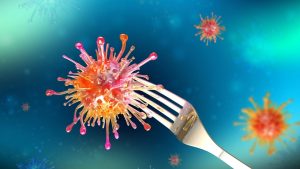
Aug. 30, 2021
Unconscious Biases can Drive Foodborne Illness Outbreaks, MU Researchers Find
In the midst of a pandemic that has claimed more than 2 million lives worldwide and disrupted nearly every facet of society since it appeared more than a year ago, understanding the factors that create and facilitate disease outbreaks is more important than ever. Now, researchers at the University of Missouri have determined that cognitive biases — patterns of errors in thinking that affect judgments and behaviors, often unconsciously — can help create and worsen foodborne disease outbreaks. Harvey James believes studying unconscious biases can help researchers learn how outbreaks are born. “Unethical behavior isn’t always…
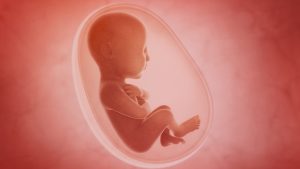
Aug. 30, 2021
Breakthrough Could Lead to Early Detection of Pregnancy Complications
Constantine Simintiras and his colleagues in Thomas Spencer’s lab have found a non-invasive way to study fluid produced in the uterus during pregnancy. The quest to create safer, more successful pregnancies is one of the top goals of modern science. While pregnancy is better understood today than ever before, with improvements in technology helping to lower the risk of negative outcomes, there is much researchers still don’t know about a vital part of the pregnancy process: uterine fluid. Secreted by glands in the uterus during pregnancy, uterine fluid is believed to play an important role in…
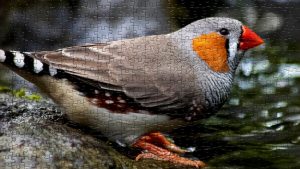
Aug. 30, 2021
Piecing Together the Puzzles of Bird Genomes
In 2003, scientists finished sequencing the entire human genome, paving the way for new discoveries about genetic disorders and the numerous ways that genes influence behavior, health and other traits. But the importance of a complete genome for scientific reference is not limited to humans — researchers are now engaged in an all-out push to assemble the genomes of vertebrates across the animal kingdom, racing to unlock the secrets behind the genetic origins of unusual behaviors and the evolution of devastating diseases. In a flagship paper recently featured on the cover of Nature, more than 100 researchers worldwide contributed groundbreaking research to…
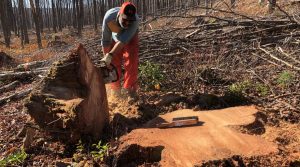
Aug. 30, 2021
A Burning Passion for the Good Kind of Forest Fire
Michael Stambaugh wants people to know that fire is not always bad. He knows that to some people, this is like saying water is dry, and after 20 years as a researcher at the University of Missouri, he’s still trying to show the good that can come from one of nature’s most powerful forces. “Fire is a historical legacy,” said Stambaugh, who is currently an associate research professor in MU’s College of Agriculture, Food and Natural Resources (CAFNR). “We, as people, are linked to it for our survival.” Stambaugh inspects the stump of an old white pine…
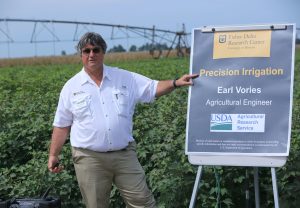
July 29, 2021
Studying Variable Rate Technology
Earl Vories has been researching variable rate irrigation in cotton fields at the Fisher Delta Research Center.
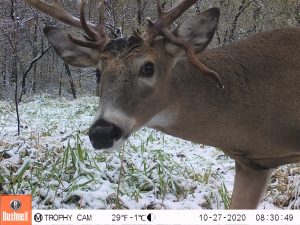
July 14, 2021
A SNAPSHOT of Wildlife Patterns Nationwide
Wildlife behavioral patterns have been tracked by researchers across the United States for years. While many individual research studies have been done on this topic, a snapshot of the United States as whole, has not. Summer LaRose, research wildlife biologist at the University of Missouri (MU) in College of Agriculture, Food and Natural Resources (CAFNR), participated in a nationwide study tracking wildlife pattern. The paper was titled SNAPSHOT USA 2019: A Coordinated national Camera Trap Survey of the United States. In total, over 83 species of mammals and 17 bird species were identified. The top 10 most common species identified…
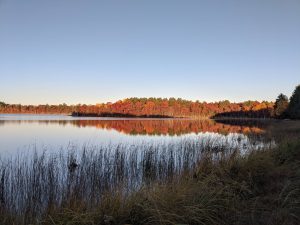
July 1, 2021
Studying Oxygen Levels in Lakes Around the World
A recent study shows that oxygen levels in temperate lakes around the world are declining rapidly, a trend that is largely driven by warming temperatures that threatens freshwater biodiversity and drinking water quality. Rebecca North, assistant professor of limnology in the University of Missouri (MU) College of Agriculture, Food and Natural Resources (CAFNR), took part in a world-wide study, which used data from over 400 lakes around the world, looking at oxygen levels. Of the 400 lakes studied, data from 30 reservoirs in the state of Missouri were used. The paper, titled Widespread Deoxygenation of Temperate Lakes, was recently…
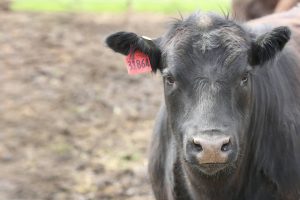
June 25, 2021
Supporting Future Scientists
Two postdoctoral fellows in the Division of Animal Sciences have received Lalor Foundation fellowships in the past three years.
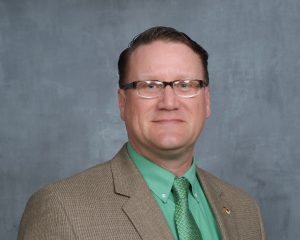
May 14, 2021
A Humbling Opportunity
As an alum of the University of Missouri, Bryon Wiegand has worked at his alma mater since 2007, in the College of Agriculture, Food and Natural Resources (CAFNR) Division of Animal Sciences. Wiegand first joined Mizzou as an associate professor and has served as a professor in the division since 2015, with assignments in teaching, research and Extension. He was named the associate division director in 2019 – and was recently tapped as the director of the Division of Animal Sciences. The new role is effective Saturday, May 15. “As a Mizzou alum, I am humbled to have the opportunity…
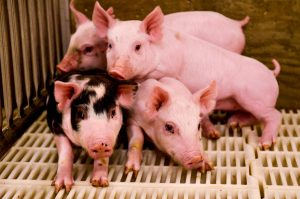
April 27, 2021
Enhancing Animal Reproduction
The United States Department of Agriculture’s (USDA) National Institute of Food and Agriculture (NIFA) awarded nearly $11 million in funding for grants related to enhancing animal reproduction, and improving the welfare and well-being of agriculture animals. Researchers in the University of Missouri College of Agriculture, Food and Natural Resources (CAFNR) Division of Animal Sciences earned three of the 15 grants related to enhancing animal reproduction. MU was awarded just more than $1 million of the $6.72 million total investment in animal reproduction. “Our researchers in the Division of Animal Sciences continue to make great strides related to animal reproduction research,”…